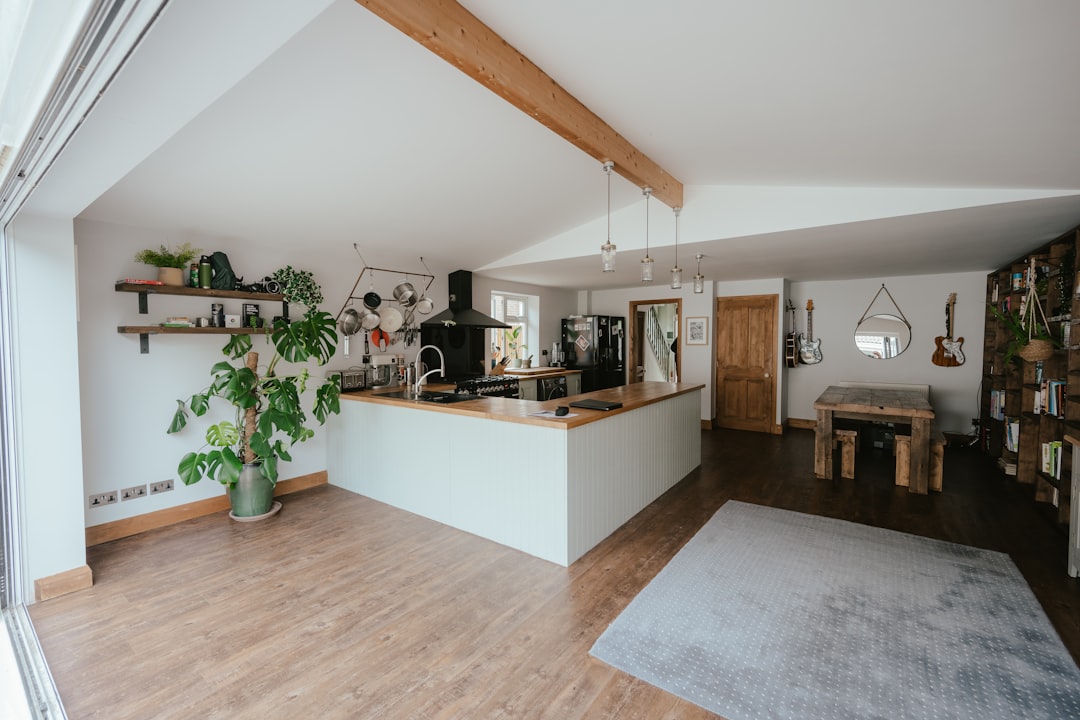Imagine stepping into your kitchen and picking fresh basil, crisp lettuce, or juicy tomatoes—all grown indoors, without soil, and available year-round. With indoor hydroponics, home growers can cultivate fresh, healthy produce in any season, regardless of outdoor weather conditions.
Whether you have limited outdoor space, unpredictable climate, or simply want fresh greens at your fingertips, hydroponic systems offer a space-efficient, water-saving, and highly productive way to grow food indoors.
In this guide, we’ll explore how to start an indoor hydroponic garden, the best crops to grow, and tips for maximizing your yields.
Why Choose Indoor Hydroponics?
🌱 Year-Round Harvests – Grow fresh produce even in winter.
🚀 Faster Growth – Plants grow 30-50% faster than in soil.
💧 Uses Less Water – Hydroponics saves up to 90% water compared to soil gardening.
🏡 Perfect for Small Spaces – Ideal for apartments, kitchens, or basements.
🚫 No Weeds or Pests – Reduces the need for herbicides and pesticides.
🔬 Complete Control – Adjust nutrients, lighting, and temperature for optimal plant health.
Choosing the Right Indoor Hydroponic System
There are several hydroponic systems available for home growers. The best choice depends on your space, budget, and plant types.
1. Kratky Method (Passive, No Pumps Required)
-
Best for: Lettuce, herbs, microgreens
-
How it works: Plants sit in a nutrient-rich reservoir with their roots partially submerged. As water is used, oxygen fills the remaining space.
-
Pros: Simple, no electricity needed, low maintenance
-
Cons: Limited to smaller, short-cycle crops
2. Deep Water Culture (DWC)
-
Best for: Lettuce, kale, herbs, strawberries
-
How it works: Plant roots are fully suspended in oxygenated nutrient water with an air pump.
-
Pros: Fast growth, low maintenance
-
Cons: Needs constant aeration to prevent root rot
3. Nutrient Film Technique (NFT)
-
Best for: Leafy greens, herbs
-
How it works: A thin film of nutrient solution flows continuously over plant roots inside a sloped channel.
-
Pros: Highly efficient, great for vertical setups
-
Cons: Requires a pump and power supply
4. Ebb & Flow (Flood and Drain)
-
Best for: Peppers, tomatoes, strawberries
-
How it works: Water floods the root zone at set intervals and then drains, allowing oxygen to reach roots.
-
Pros: Versatile, works with various plants
-
Cons: Needs timers and pumps
5. Aeroponics (Mist-Based System)
-
Best for: Herbs, greens, strawberries
-
How it works: Roots hang in the air and are misted with nutrient solution.
-
Pros: Uses the least water, highest oxygen levels
-
Cons: More technical, requires high-pressure misting
📌 Pro Tip: Beginners should start with Kratky or DWC for simplicity, while advanced growers can experiment with NFT or aeroponics for higher efficiency.
Best Crops for Indoor Hydroponic Growing
Not all plants thrive in hydroponics, but many leafy greens, herbs, and compact fruiting crops perform exceptionally well indoors.
Easy Starter Crops (Fast Growth, Minimal Maintenance)
✅ Lettuce (Romaine, Butterhead, Iceberg)
✅ Spinach
✅ Kale
✅ Swiss Chard
✅ Basil, Cilantro, Mint, Parsley
Intermediate Crops (Need More Space or Nutrients)
✅ Strawberries 🍓
✅ Cherry Tomatoes 🍅
✅ Peppers (Bell, Jalapeño, Mini Peppers) 🌶
✅ Green Beans
✅ Cucumbers
Advanced Crops (Larger Plants, More Light & Space Needed)
✅ Larger Tomato Varieties 🍅
✅ Eggplant 🍆
✅ Melons (Dwarf Varieties) 🍈
📌 Pro Tip: Lettuce and herbs are perfect for beginners since they grow quickly and require minimal nutrients and space.
Essential Components for an Indoor Hydroponic Garden
To successfully grow hydroponic plants indoors, you’ll need the right environmental conditions and equipment.
1. Grow Lights: Providing the Right Spectrum
Since indoor gardens lack natural sunlight, LED grow lights provide the necessary full-spectrum light for plant growth.
-
Best Choice: Full-spectrum LED grow lights (30-40W per square foot).
-
Placement: Keep lights 6-12 inches above plants, adjusting as they grow.
-
Light Duration:
✅ Leafy greens & herbs: 12-16 hours/day
✅ Fruiting plants (tomatoes, peppers): 14-18 hours/day
2. Nutrient Solution: The Plant's "Food"
Plants need a balanced mix of nutrients dissolved in water. Most hydroponic growers use pre-made hydroponic fertilizers or mix their own solutions.
-
pH Range: 5.5 – 6.5 (Adjust with pH up/down solutions)
-
EC (Electrical Conductivity):
✅ Lettuce & Herbs: 1.2 – 1.8
✅ Tomatoes & Peppers: 2.0 – 3.5
📌 Pro Tip: Test your pH and EC weekly to ensure plants absorb nutrients effectively.
3. Airflow & Humidity Control
Proper airflow prevents mold, pests, and humidity issues in an indoor setup.
✅ Use a small fan for air circulation.
✅ Keep humidity between 50-70% to avoid plant stress.
✅ Temperature range: 65-75°F (18-24°C).
Troubleshooting Common Indoor Hydroponic Issues
🟡 Yellowing Leaves? → Check pH levels (may be too high or low).
⚪ Slow Growth? → Ensure proper light intensity and nutrient balance.
🟤 Root Rot? → Improve oxygenation (use an air pump) and avoid stagnant water.
🚫 Pests Indoors? → Inspect leaves regularly and use organic solutions (neem oil, insecticidal soap).
Getting Started: Simple Step-by-Step Guide
1️⃣ Choose Your System → Start with Kratky or DWC for ease.
2️⃣ Pick Your Crops → Leafy greens and herbs are best for beginners.
3️⃣ Set Up Grow Lights → Use full-spectrum LEDs and adjust height.
4️⃣ Prepare Nutrient Solution → Keep pH 5.5-6.5, test weekly.
5️⃣ Monitor Growth & Adjust → Watch for deficiencies, pests, or slow growth.
6️⃣ Harvest & Enjoy! → Most greens are ready in 3-5 weeks!
Conclusion
Indoor hydroponics is a game-changer for home growers, providing fresh, nutritious, homegrown produce all year long. Whether you’re growing lettuce in your kitchen, strawberries in your living room, or tomatoes in a spare room, hydroponics makes it easy to maximize yields in minimal space.
💡 Ready to start your indoor hydroponic garden? Pick a simple system, choose your favorite crops, and enjoy fresh food at home—no matter the season!

Comments
No comments yet. Be the first to comment!
You must be logged in to comment. Login